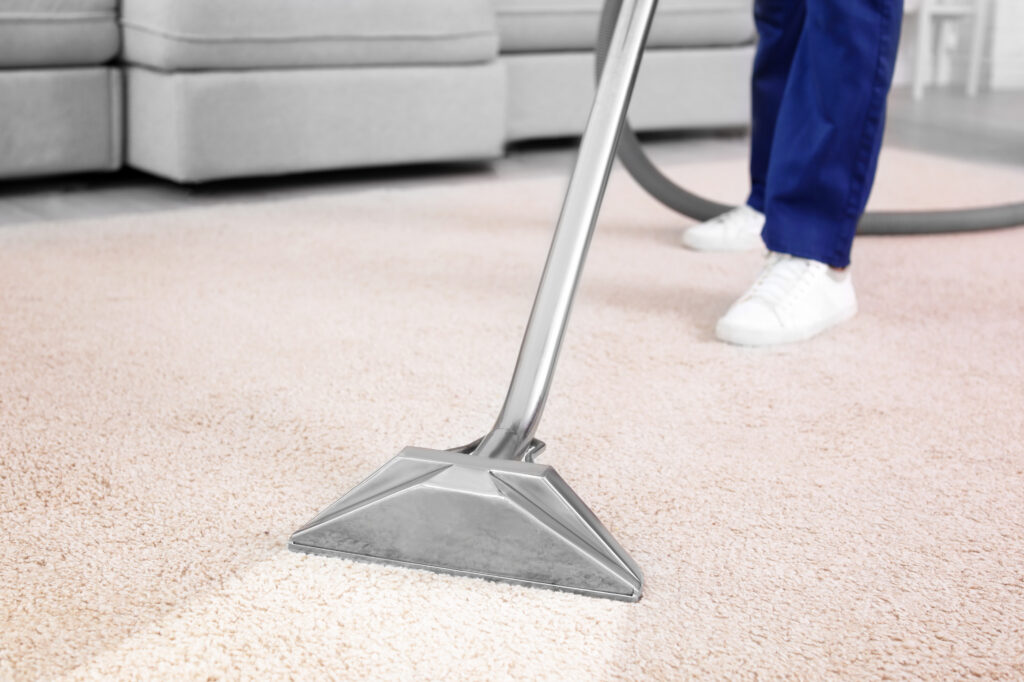Grounding the Basics: What Homeowners Need to Know About Screw-In Lamp Sockets and Proper Grounding
Okay, let’s talk lighting—and specifically, something you’ve probably interacted with more times than you realize: screw-in lamp sockets. These unsung heroes of illumination power everything from your vintage floor lamp to that buzz-prone bulb in the garage. And while they seem pretty basic on the surface (you screw in a bulb, light happens), there’s more going on behind the scenes—especially when it comes to grounding. Before your eyes glaze over, stick with me. Knowing how this stuff works can literally keep your home safer and more, well, functional. This guide is built with real homeowners in mind—lightly distracted, googling while stirring dinner and setting boundaries with the dog. Let’s illuminate the essentials.
What Exactly Is a Screw-In Lamp Socket and Why Does Grounding Matter?
You’ve definitely seen a screw-in lamp socket—it’s the piece where the lightbulb threads in. It’s a pretty universal design, meaning most standard bulbs fit most standard sockets. These sockets are part of light fixtures in your home, whether it’s your trusty nightstand lamp or the bulb in the laundry room you keep forgetting to replace.
Inside that little socket is a mix of metal components designed to connect the electrical current to the bulb. The tiny tab at the bottom of the base touches the bulb’s contact point when it’s screwed in. Simple enough. But here’s the electrical part we tend to ignore: grounding. Grounding is your electrical system’s version of a backup plan during an “oops” moment—like a power surge or a short. It directs any stray electricity safely into the ground instead of shocking you or causing a fire. When sockets—especially those made of metal—aren’t properly grounded? That’s when trouble can sneak in.
How a Lamp Socket Works in the Bigger Electrical Picture
A lamp socket connects to a fixture, which connects to your home’s electrical wiring, which ideally connects to your breaker box and then out to the electrical grid. Everything should work in harmony. That socket is the first point of contact between your lightbulb and the home’s wiring. When you screw in a bulb, the current moves through the hot (live) wire, passes through the filament in the bulb, and returns via the neutral wire. If everything is working right and grounded, excess current will always find the safest path—ideally not through your fingertips or your drywall.
If the fixture has a metal shell or parts—and most ceiling light fixtures do—it should also include a green or bare copper ground wire. This attaches to the grounding screw on the metal socket. Some older fixtures lack this screw entirely. That’s where updates or proper installation (especially from an electrician) come into play.
The Pros of Using Screw-In Lamp Sockets: Versatile, Reliable, and Widely Compatible
Screw-in lamp sockets are basically the old reliable pickup truck of the lighting world—maybe not the flashiest components, but functional, accessible, and moderately indestructible when used correctly. They work with nearly every standard medium-base bulb, from incandescent to LED. They’re also relatively inexpensive to replace, and you’ll find them in a variety of styles that match both vintage and modern decor.
Another plus: flexibility. Because the design is so standardized, homeowners installing new light fixtures or replacing old ones don’t need to overthink compatibility. Even adding in smarter lighting or dimmer features can be layered onto these sockets with the right fixture base and wiring.
But Here’s Where Things Get a Bit Messy: Common Issues and Safety Concerns
Alright, here’s where we get into the stuff that trips up even seasoned DIYers: grounding and socket degradation. First, let’s talk grounding—or lack thereof. A lot of older light fixtures, particularly those installed before the 1970s (and sometimes even the ‘80s), don’t include grounding wires. They simply weren’t code back then. So if you’re adding a fancy new bulb to an old metal fixture, and it’s not grounded? That shell can carry current if something shorts out—which means touching it can shock you. Not ideal, to say the least.
Second issue: socket wear. Over time, the contacts inside the socket can corrode or lose tension. You will see things like flickering bulbs, buzzing, or bulbs that don’t sit quite right despite being screwed in fully. Also, if a bulb gets stuck or breaks off at the base, the inside of the socket can be damaged when you remove it (usually with a lot of muttered curse words and a pair of needle-nose pliers). In these scenarios, full socket replacement might be safer—and a chance to make sure everything’s wired and grounded correctly.
Tips for Checking If a Fixture is Properly Grounded
If you’re wondering whether that hallway fixture is properly grounded, good news: there’s a slightly nerdy but totally doable way to check. First, TURN OFF the power at the breaker. Then remove the lightbulb and unscrew the socket shell to expose the wiring. Look for a green or bare copper grounding wire that’s attached to the fixture frame or screw. If it’s there and secured, you’re probably in good shape. If not? Consider having a licensed electrician take a closer look. Even better—swap out the whole fixture with a modern one that’s verified to be grounded and meets current electrical codes. Not a bad weekend project if you’ve had two coffees and no interruptions.
When to Upgrade or Replace Your Lamp Sockets Entirely
If your fixture is hot to the touch, your bulb flickers annoyingly (yes, even a brand-new one), or you’re replacing bulbs more often than seems reasonable, the socket might be the culprit. While they’re built to last, they’re not immortal. Sockets that spark, emit burning smells, or show visible wear are all signs of some unfortunate wiring issues waiting to happen. Swapping in a modern fixture not only gives you better grounding and more style options, but it also reduces fire and shock risks. Think of it like upgrading from a flip phone to a smartphone—they both call people, but one does it without catching on fire. Hopefully.
Let’s Wrap It Up: How Armadillo Fits Into All This
Your home’s electrical system is a lot like your body—when it’s working as it should, you don’t think about it. But when something shorts, sparks, or trips a breaker, the entire house vibe gets thrown. That’s where a home warranty from Armadillo comes in handy. We help cover repairs and replacements for key systems like your electrical wiring—so you’re not left footing the whole bill when things go sideways. Especially when it comes to stuff like ungrounded sockets causing headaches. With simple plans, quick digital claims, and a refreshingly modern approach to home protection, we’re kind of the no-brainer backup plan for homeowners.
Curious how it works? Learn more at armadillo.one or start building your personalized plan with just your zip code at our plan builder.
Peace of mind with a grounded approach. See what we did there?

























